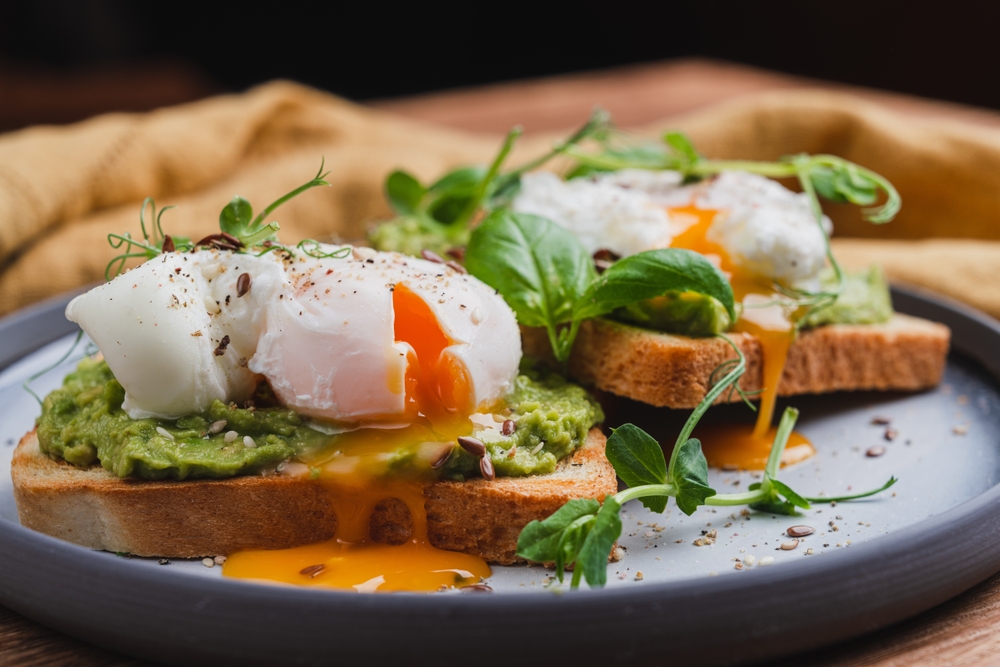2025’s housing market is looking more like a picky diner’s menu than a “first come, first served” sale—as buyers increasingly swipe left on certain home types. High mortgage rates, inflationary pressures, and shifting lifestyle preferences mean that not all homes are created equal in the eyes of today’s buyer. From outmoded floor plans to properties that scream “renovation required,” here are 13 house styles buyers are ghosting this year—complete with the why behind each cold shoulder. Ready for the real estate tea? Let’s dive in.
1. Fixer-Uppers
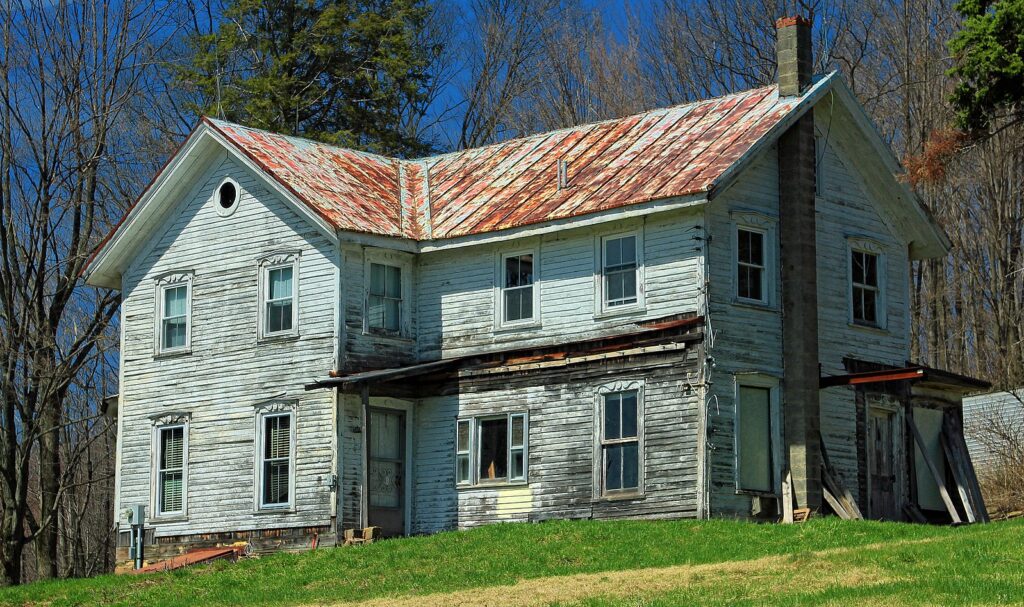
Buyers used to relish the idea of “good bones” and sweat-equity projects, but that era is officially on pause. Country Living revealed that listings tagged “remodeled” are getting 26% more saves—and fixer-uppers are now selling at a 7–8% discount compared to fully renovated homes, their largest markdown in years. With renovation costs skyrocketing and supply-chain snags adding headaches, most buyers simply prefer a turnkey property rather than a DIY headache.
After pandemic renovation booms, contractors are booked out for months, pushing remodel timelines from weeks to quarters—and often doubling budgets. Combined with 30-year mortgage rates hovering near 7%, the math favors financing a move-in-ready home over funding a high-interest construction loan. Even Zillow’s Amanda Pendleton notes that buyers are willing to pay nearly 4% more—about $13,000 extra—just to skip the sledgehammer phase. That spread can be rolled into the mortgage, making monthly payments more predictable—a comforting thought in an uncertain economy.
In essence, fixer-uppers have become the market’s redheaded stepchildren. Unless you’re a flipper with deep pockets or a die-hard renovator, expect widespread buyer cold feet around properties needing significant TLC.
2. Outdated Single-Family Homes
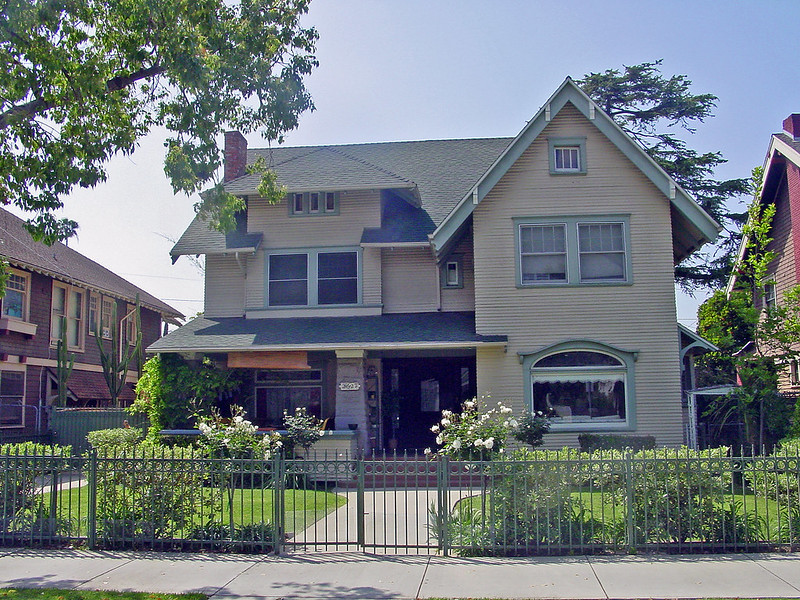
Nothing kills buyer enthusiasm faster than dated décor and crumbling infrastructure. A recent Yahoo Finance roundup warned that single-family homes untouched for decades struggle to attract interest, especially when comparables boast modern kitchens and spa-like bathrooms. Hardwood floors that creak, popcorn ceilings, and avocado-green appliances no longer evoke “retro charm” but “budget blowout.”
Combine that with energy inefficiency—old windows, drafty attics, knob-and-tube wiring—and buyers are tallying up hundreds of dollars extra on their monthly utilities. The National Association of Realtors even reports that homes with recent energy upgrades sell 14% faster than their unrenovated peers. And with Gen Z and younger millennials prioritizing sustainability, outdated homes often feel like liabilities rather than investments. In short, unless a seller is willing to invest in a refresh, these homes are likely to languish on MLS.
3. McMansions
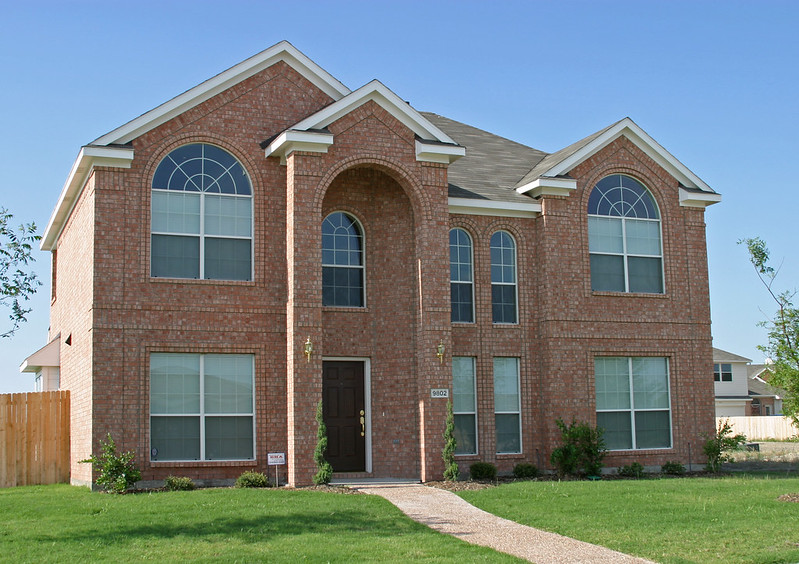
These oversized showpieces once symbolized suburban success, but in 2025, they’re the ultimate buyer turn-off. With square-footage demands rising but budgets tightening, few want the maintenance and utility bills that come with 5,000-square-foot palaces. Critics have long decried McMansions for cookie-cutter aesthetics and poor land use—now buyers agree.
Investopedia notes that these giants often feature inefficient floor plans, with vast corridors and isolated rooms that don’t suit modern open-plan lifestyles; they also carry heating and cooling costs that can be 30–50% higher than average. Even high-income buyers are pausing, wary of lost equity in neighborhoods overrun with oversized builds. Add in sky-high property taxes, and these homes move from “move-in-ready” to “money pit” in a heartbeat.
Unless you dream of a private mini-estate with staff on hand, McMansions are losing their allure as buyers seek more efficient, human-scale living spaces.
4. High-Rise Condos with Pocket-Sized Units
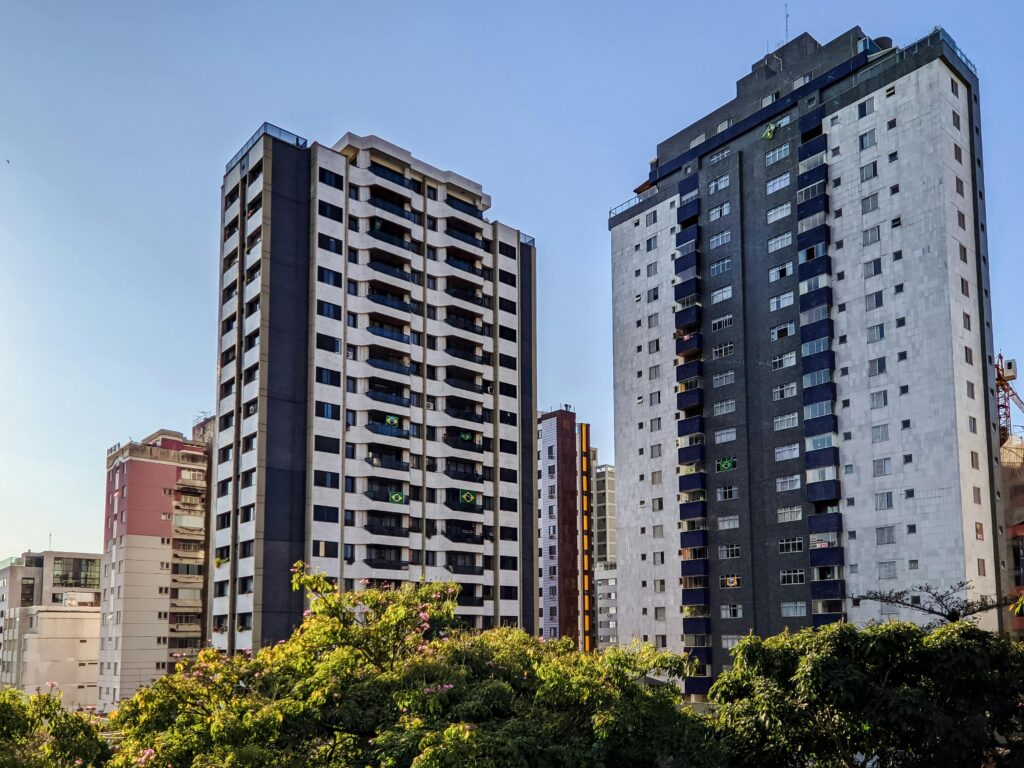
Urban dwellers once flocked to downtown high-rises, but cramped “micro-units” are now top of the avoidance list. In markets like New York and San Francisco, developers chopped floor plans under 500 square feet to hit price-per-foot targets—but buyers balk at paying a premium for shoe-box living.
According to a recent MarketWatch analysis, downtown condo sales dipped 12% year-over-year as buyers cited lack of storage, tiny kitchens, and noise concerns. Millennials—many juggling remote work—find that squeezing two desks and a bed into 400 square feet feels more like a sardine can than a home office. Add steep HOA fees covering amenities rarely used, and the ROI math just doesn’t add up.
For high-rise living to rebound, developers will need to offer genuinely livable floor plans—not just Instagram-worthy lobby art.
5. Homes in Flood Zones or on Fire-Prone Land
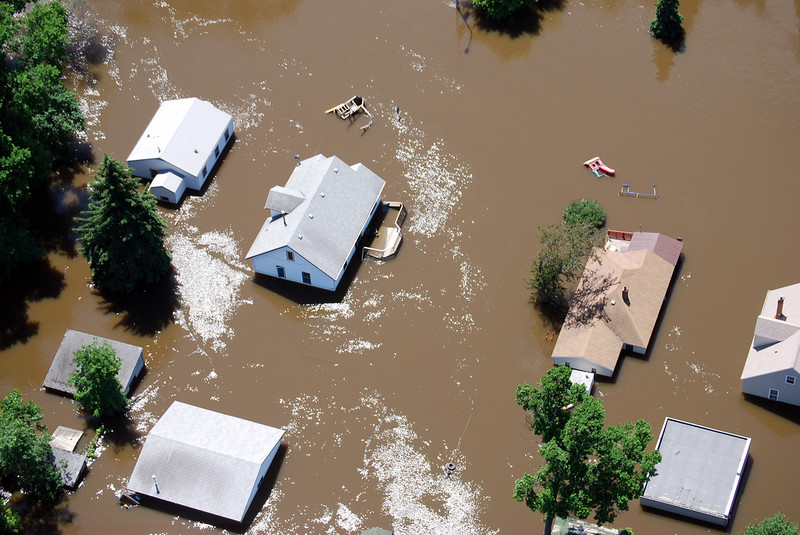
Climate change is no longer a future worry—it’s reshaping buyer behavior today. Houses perched on floodplains or dotting wildfire corridors scare off most buyers, who fear insurance hikes or a total loss.
Business Insider reports that flood insurance premiums have jumped 30% in the last year alone, and some insurers are pulling out of high-risk markets entirely. In California and the Rockies, fire insurance is becoming prohibitively expensive, with deductibles so high they negate any sense of security. One recent Fannie Mae survey found that 45% of prospective buyers refuse to even tour properties in designated hazard areas—even if the price is right.
As a result, listings in these zones often require deep discounts or seller-paid mitigation upgrades to move. Smart buyers and lenders alike are demanding resilience features—like fire-resistant landscaping and elevated foundations—before signing on the dotted line.
6. New Construction with Quality Concerns
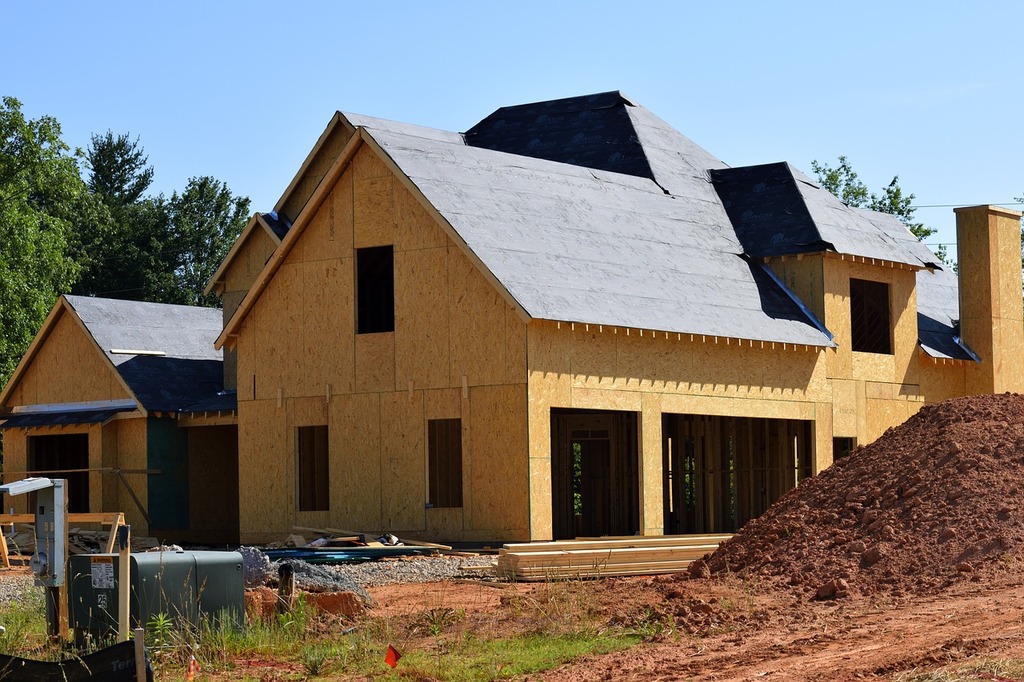
On paper, a brand-new home sounds like a dream—fresh paint, zero previous owners, and that intoxicating “new house smell.” But many buyers in 2025 are discovering that behind the granite countertops and LVP floors lurk a lot of cut corners. Fast-tracked developments are seeing quality slip as builders rush to meet demand. Everything looks great during the walkthrough, but a few weeks later, the cracks—literal and metaphorical—start showing.
Stories abound of HVAC failures, plumbing nightmares, and structural issues that pop up just after the warranty expires. Worse, many builders use boilerplate contracts that limit your ability to get repairs done without jumping through flaming hoops. Social media has become a hub for horror stories, and savvy buyers are paying attention. Now, buyers insist on third-party inspections, even for brand-new builds, which is practically a red flag in itself.
Some developments have even become ghost towns as bad builder reputations spread via online reviews. For buyers, the risk of post-purchase regret is just too high. In today’s cautious climate, the glitter of new doesn’t always equal gold.
7. Homes with HOA Nightmares
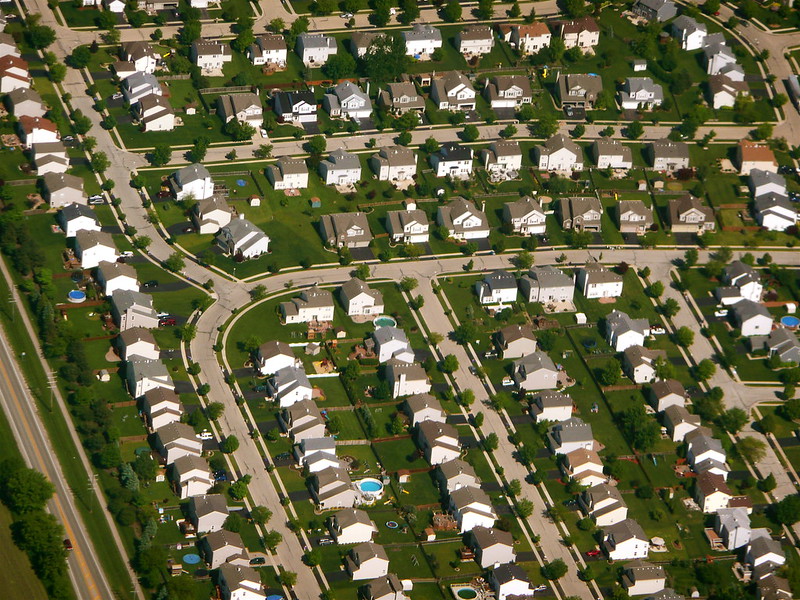
At first glance, homeowners associations can seem like a nice perk: well-kept lawns, community pools, maybe a little clubhouse action. But in 2025, buyers are warier than ever of HOAs that act more like mini-dictatorships than neighborhood helpers. The horror stories have made their way to Reddit and TikTok—think fines for leaving a trash can out a day too long or banning holiday lights that are “too bright.”
Buyers today want freedom—freedom to paint their house sage green or park their camper van for a weekend. HOAs with strict rules or reputations for micromanagement are now dealbreakers for many. And don’t even get us started on those sky-high fees. When you’re already stretched thin by a mortgage and insurance premiums, that extra $300 a month for “community upkeep” hits hard.
Plus, HOAs with poor financial management (or pending lawsuits) can tank a property’s value. Savvy buyers now dig into HOA bylaws and budgets like they’re reading a prenup. If it reads like a control freak’s manifesto, they’re out.
8. Oversized Lot Homes in Remote Locations
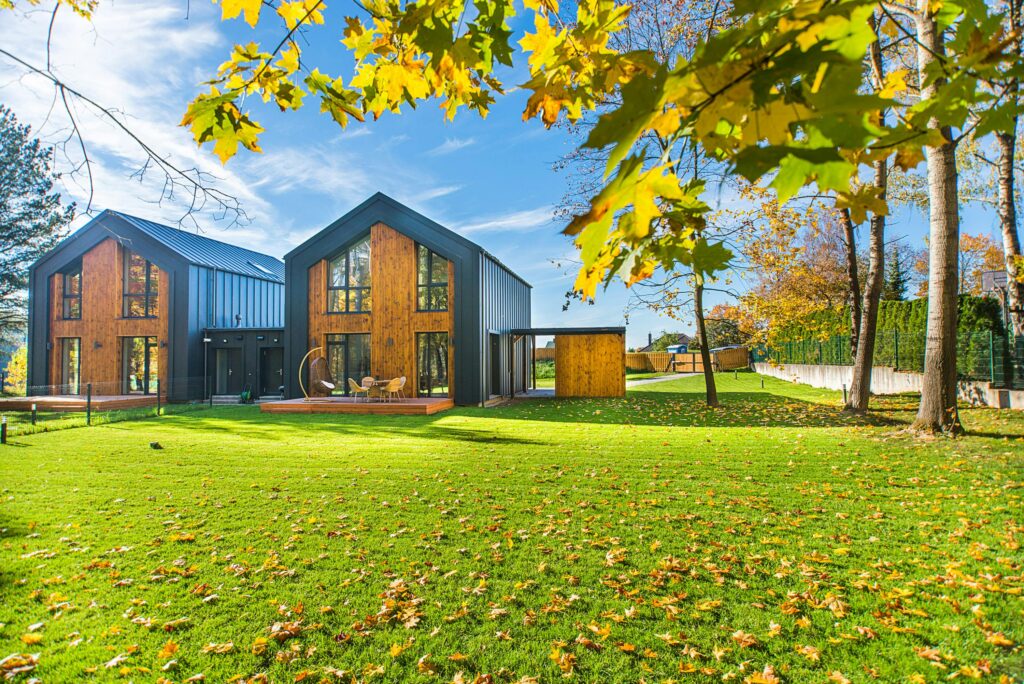
Big yards used to scream “American dream”—but now they mostly scream “weekend chores.” The shift to remote work didn’t make buyers crave land; it made them crave proximity to good coffee, grocery delivery, and a Pilates studio. A two-acre lot sounds great until it’s time to mow, weed, or pay to maintain a private road.
And then there’s the connectivity issue. Many remote properties still lack access to reliable high-speed internet, which in 2025 is basically like not having plumbing. Buyers also think long-term: what happens when gas prices spike and that 45-minute commute becomes financially painful?
Even the appeal of peace and quiet can wear thin when the nearest emergency services are miles away. Add in the cost of private wells, septic systems, and snow removal, and buyers are realizing that rural life is expensive in sneaky ways. The dream of wide-open space? Still alive—for hobby farmers and off-grid enthusiasts. For everyone else, give us a patio and a DoorDash zone.
9. Tiny Homes on Wheels
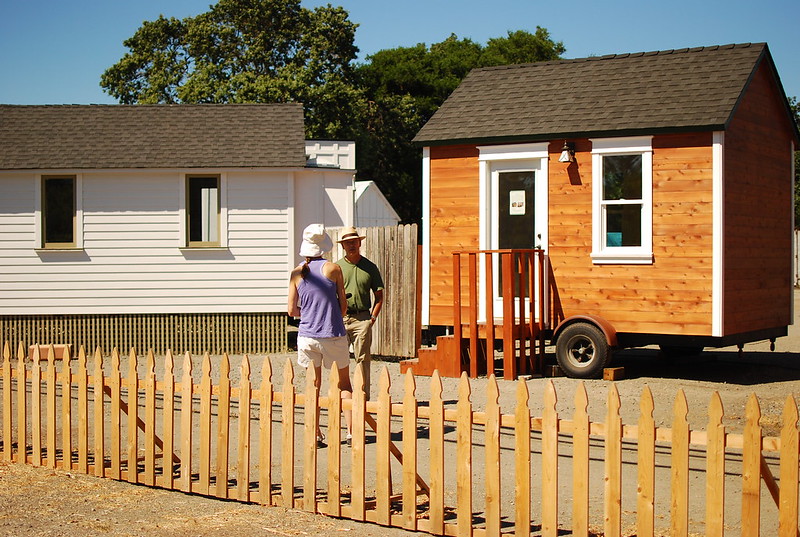
Tiny homes once promised financial freedom, minimalism, and the sweet joy of owning something outright. But in 2025, reality has caught up with the fantasy—and it’s parked awkwardly at a storage lot. The biggest issue? Zoning. Most cities still don’t have friendly regulations for mobile tiny homes, and parking one legally can feel like applying for a passport in triplicate.
Financing is another nightmare; traditional lenders often won’t touch these properties, leaving buyers to seek out niche or high-interest loans. Then there’s the resale problem—once you realize 200 square feet is a glorified dorm room, good luck finding someone else to take it off your hands. Sure, the initial price tag is appealing, but when you add land rental, off-grid setup, and utility hookups, it’s no longer “cheap chic.”
A lot of folks who went tiny are now going back to medium-sized—something with doors that actually close and maybe a second bathroom. The movement had its moment, but the shine is fading as lifestyle demands evolve. Plus, not everyone wants to be on a first-name basis with their composting toilet. For most buyers? It’s a hard pass on the teeny-tiny dream.
10. Historic Homes with Preservation Restrictions
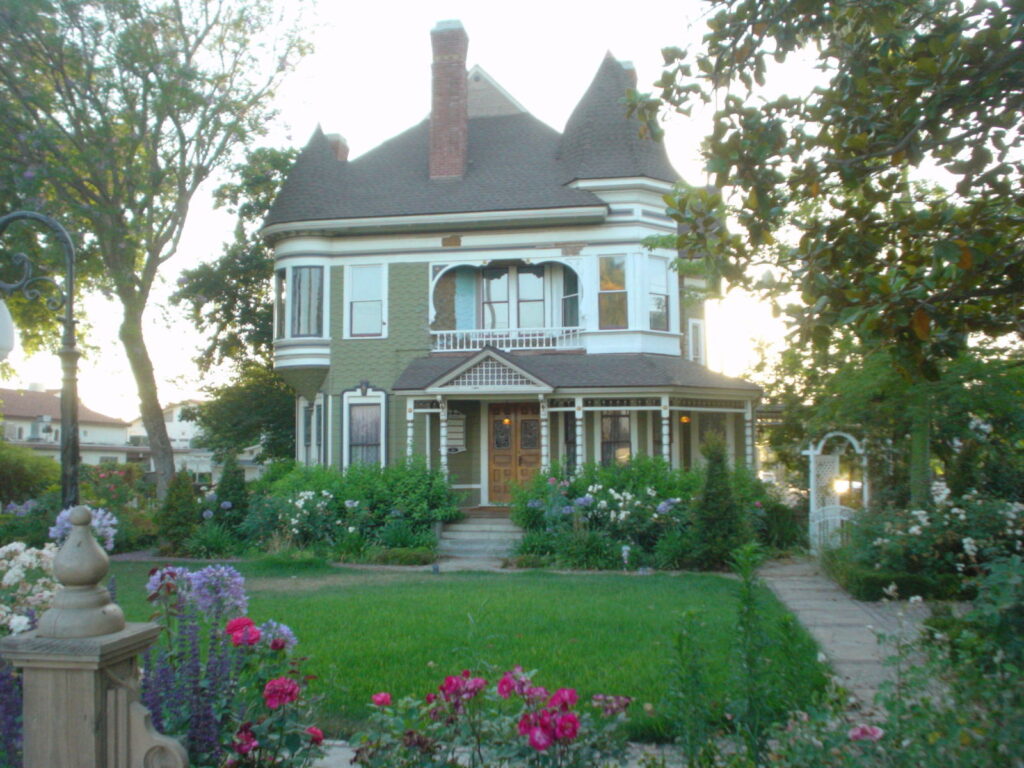
They’re beautiful. They’re charming. They’re also high-maintenance money pits wrapped in red tape. Historic homes often come with preservation ordinances that sound nice in theory—until you try to replace a broken window and find out it has to be hand-blown glass imported from a specific village in France.
These rules are meant to maintain architectural integrity, but in practice, they often block much-needed modernization. Want to install solar panels or central AC? Better hope the local historic board is in a good mood that month. Plus, insurance premiums for older structures are often higher, and necessary repairs can be delayed by approval processes that feel endless.
Many buyers just don’t have the time, money, or patience to play by 1920s rules in 2025. And let’s not forget the cost of heating a drafty Victorian in January—it’s like setting money on fire. Unless you’re deeply committed to historic preservation, these homes often turn into passion projects few buyers are passionate enough to tackle.
11. Homes with Open-Floor Plans but No Private Spaces
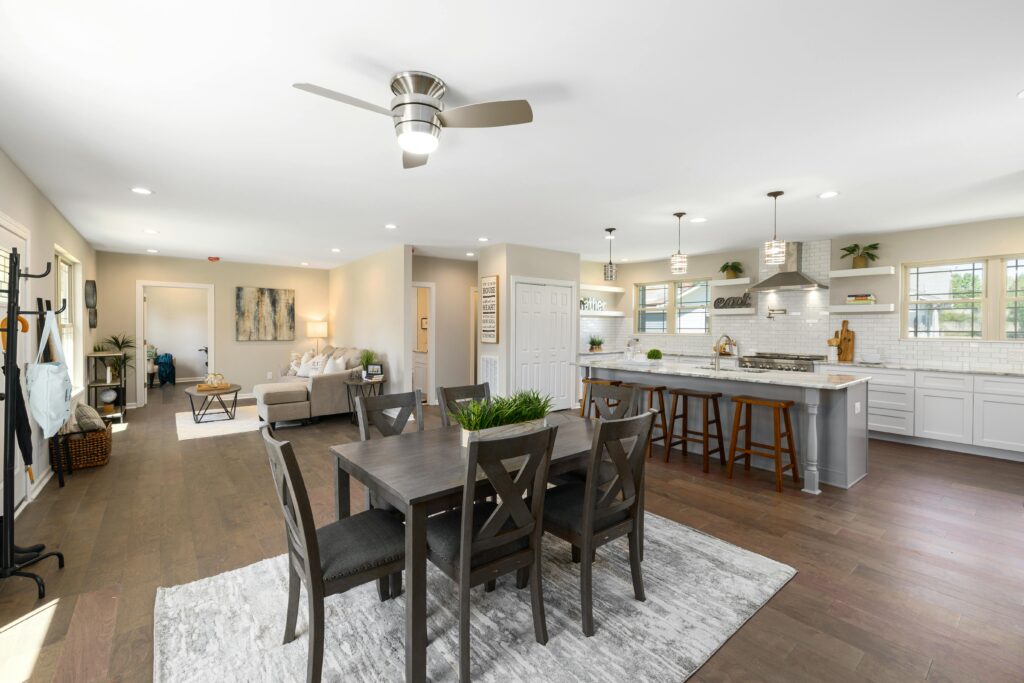
Open-concept living was once the darling of HGTV, but 2025 buyers are rethinking all that airflow. Turns out, having no doors means no privacy—and in a world where remote work, therapy calls, and virtual classes are everyday occurrences, that’s a problem. A kitchen flowing into a living room and straight into a bedroom? That’s a chaos zone, not a sanctuary.
People want designated zones now. A place to nap without hearing the blender. A Zoom-friendly nook. A door that closes and, ideally, locks. What’s more, these open plans often make it difficult to heat and cool spaces efficiently, leading to higher utility bills. And forget about acoustics—every footstep and Netflix binge echoes across the house like you’re in a cathedral.
Today’s buyers are looking for flexibility and function over architectural statements. If your home screams “Great Room!” but whispers “Where’s the office?”, expect fewer offers.
12. Properties Reliant on Septic and Well Systems
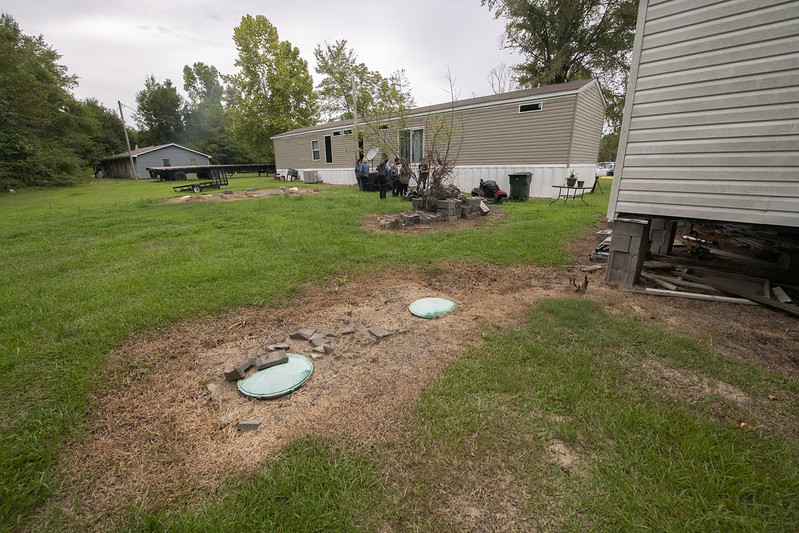
Once considered a reasonable trade-off for living outside city limits, homes with septic tanks and well water are increasingly being passed over. Buyers are scared off by the what-ifs: What if the well runs dry? What if the septic backs up during Thanksgiving dinner? It’s not just the inconvenience—it’s the cost.
Septic systems can run $10,000+ to replace, and wells may require constant testing and expensive filtration. In drought-prone areas, there’s growing fear that wells won’t remain viable long-term. Inspections are more complex, and many lenders now require costly certifications to close.
Add to that the anxiety of explaining to friends how a leach field works, and it’s easy to see why these homes get skipped. Urban buyers, especially, want simplicity. City water and sewer lines might not be sexy, but they are predictable. And predictability is the new luxury.
13. Homes with Extreme Themed Décor or Over-Customization
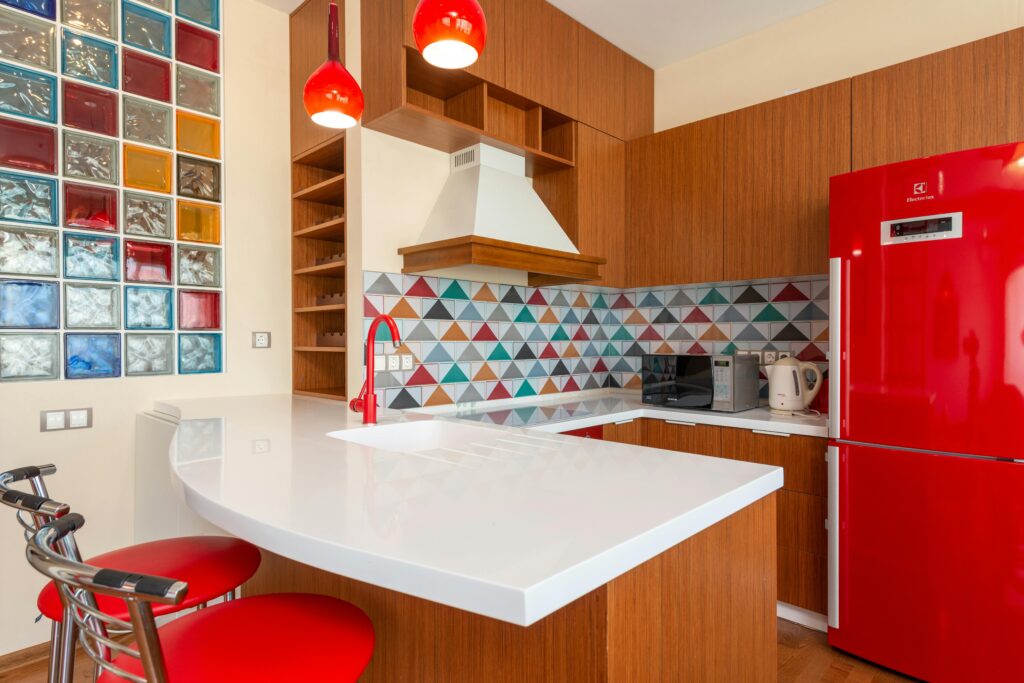
We love a strong aesthetic, but there’s a fine line between tastefully curated and “this house is a pirate ship now.” Homes that lean too far into hyper-niche designs—like medieval castles, disco dens, or jungle-themed kitchens—tend to stay on the market longer. Why? Because buyers have to mentally (and financially) strip it all back.
Custom tile murals, built-in fish tanks, and rainbow lighting may wow on Zillow, but in person, they read as renovation homework. Even something as simple as a bright red kitchen or faux-stone bathroom can send buyers running. Today’s shoppers want blank canvases, not statement pieces that can’t be un-stated.
Highly specific features also limit buyer imagination, making it harder for them to envision their own life in the space. Every customization is a gamble—and most sellers lose. If your home feels like an art installation or themed Airbnb, expect to either wait longer or lower your asking price. Buyers want personality—but preferably their own.
This article is for informational purposes only and should not be construed as financial advice. Consult a financial professional before making investment or other financial decisions. The author and publisher make no warranties of any kind.








